Effectiveness of conservative interventions for sickness and pain behaviors induced by a high repetition high force upper extremity task
- PMID: 28356066
- PMCID: PMC5371184
- DOI: 10.1186/s12868-017-0354-3
Effectiveness of conservative interventions for sickness and pain behaviors induced by a high repetition high force upper extremity task
Abstract
Background: Systemic inflammation is known to induce sickness behaviors, including decreased social interaction and pain. We have reported increased serum inflammatory cytokines in a rat model of repetitive strain injury (rats perform an upper extremity reaching task for prolonged periods). Here, we sought to determine if sickness behaviors are induced in this model and the effectiveness of conservative treatments.
Methods: Experimental rats underwent initial training to learn a high force reaching task (10 min/day, 5 days/week for 6 weeks), with or without ibuprofen treatment (TRHF vs. TRHF + IBU rats). Subsets of trained animals went on to perform a high repetition high force (HRHF) task for 6 or 12 weeks (2 h/day, 3 days/week) without treatment, or received two secondary interventions: ibuprofen (HRHF + IBU) or a move to a lower demand low repetition low force task (HRHF-to-LRLF), beginning in task week 5. Mixed-effects models with repeated measures assays were used to assay duration of social interaction, aggression, forepaw withdrawal thresholds and reach performance abilities. One-way and two-way ANOVAs were used to assay tissue responses. Corrections for multiple comparisons were made.
Results: TRHF + IBU rats did not develop behavioral declines or systemic increases in IL-1beta and IL-6, observed in untreated TRHF rats. Untreated HRHF rats showed social interaction declines, difficulties performing the operant task and forepaw mechanical allodynia. Untreated HRHF rats also had increased serum levels of several inflammatory cytokines and chemokines, neuroinflammatory responses (e.g., increased TNFalpha) in the brain, median nerve and spinal cord, and Substance P and neurokinin 1 immunoexpression in the spinal cord. HRHF + IBU and HRHF-to-LRLF rats showed improved social interaction and reduced inflammatory serum, nerve and brain changes. However, neither secondary treatment rescued HRHF-task induced forepaw allodynia, or completely attenuated task performance declines or spinal cord responses.
Conclusions: These results suggest that inflammatory mechanisms induced by prolonged performance of high physical demand tasks mediate the development of social interaction declines and aggression. However, persistent spinal cord sensitization was associated with persistent behavioral indices of discomfort, despite use of conservative secondary interventions indicating the need for prevention or more effective interventions.
Keywords: Aggression; Cytokines; Inflammation; Mechanical hypersensitivity; Repetitive loading; Social interaction; Upper extremity; Von Frey; Work-related musculoskeletal disorders.
Figures
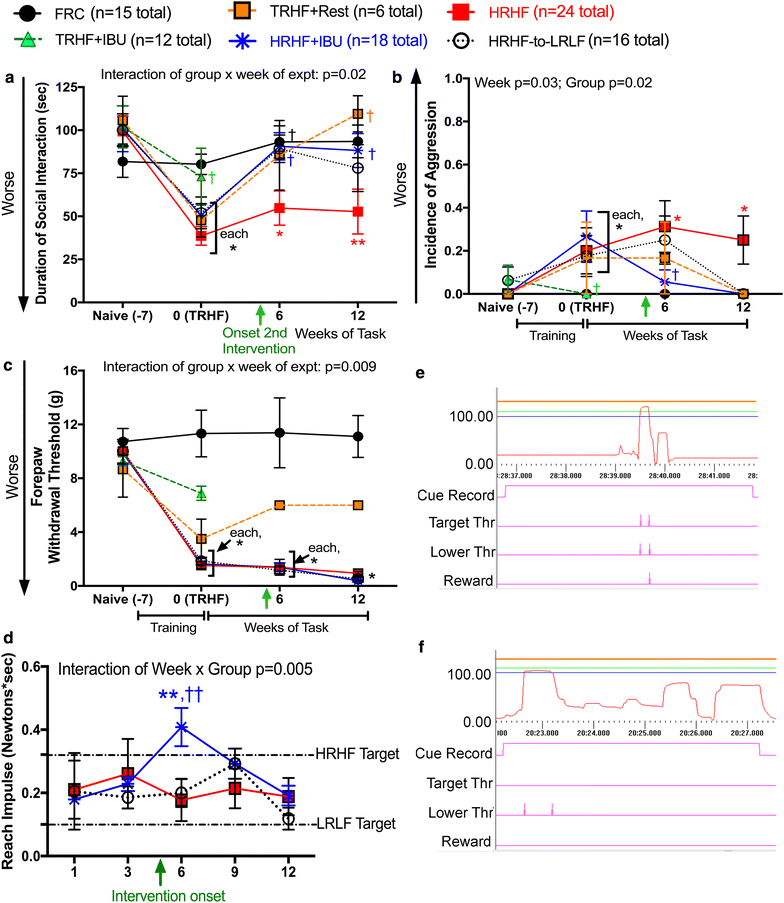
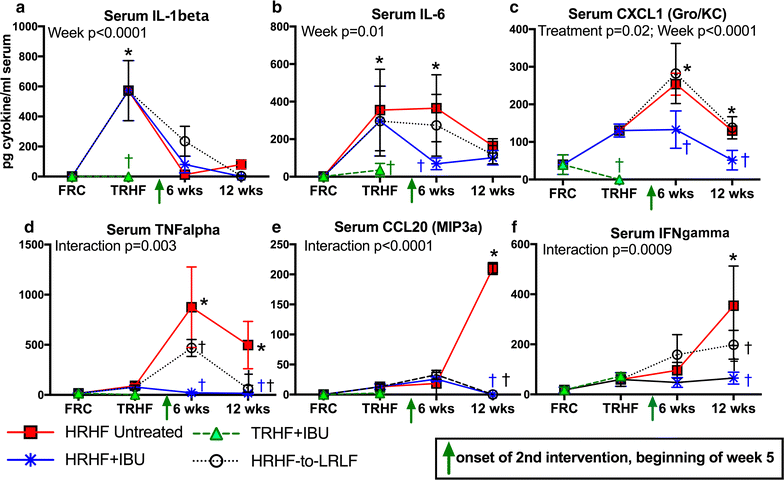
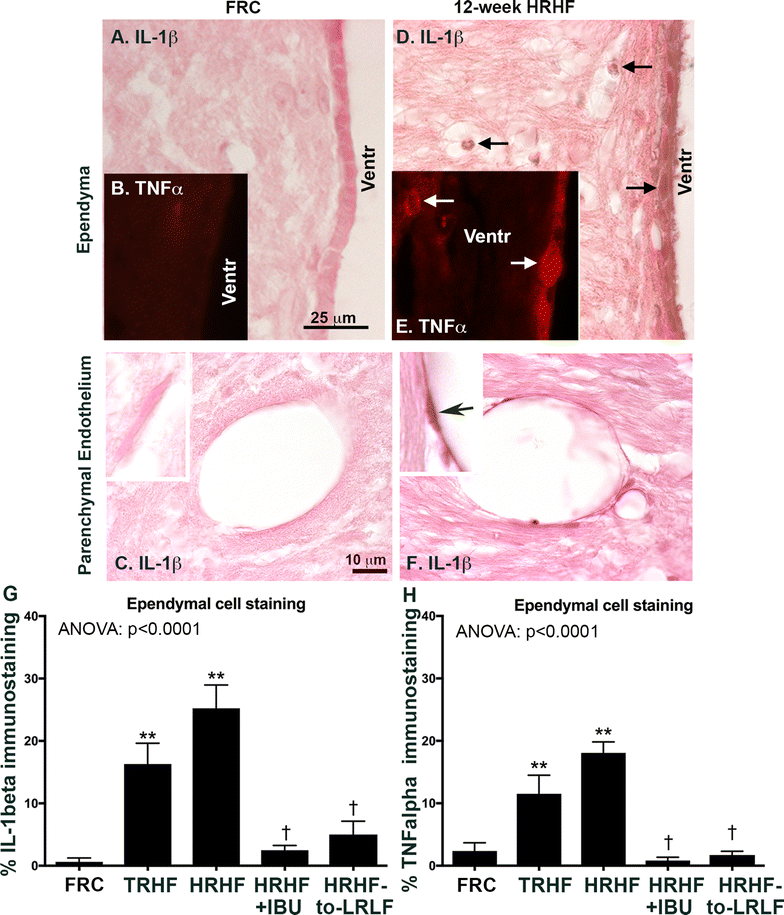
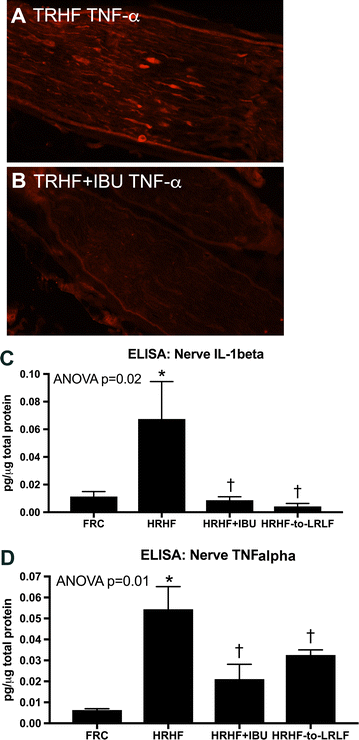
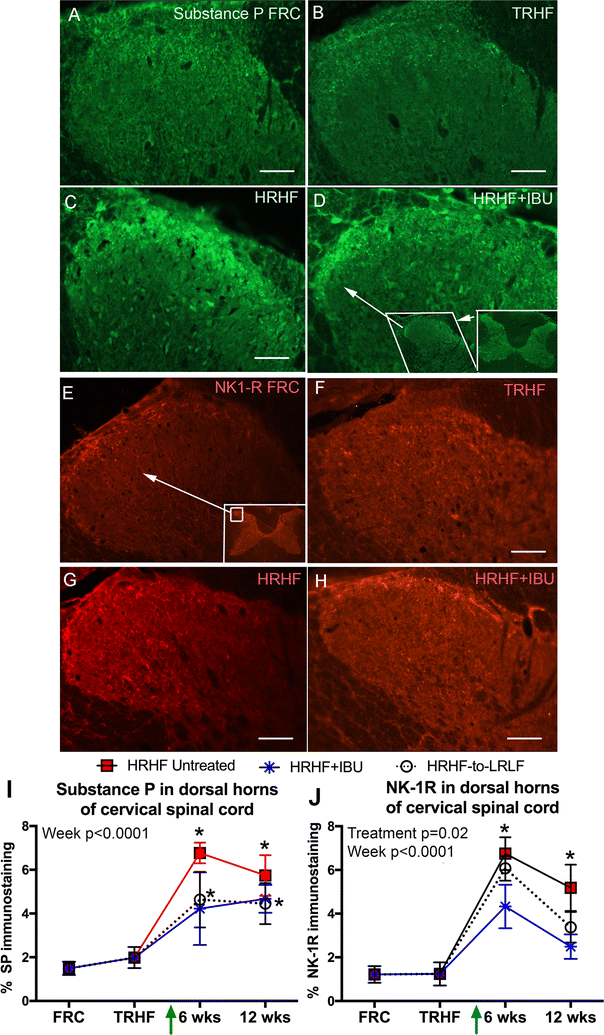
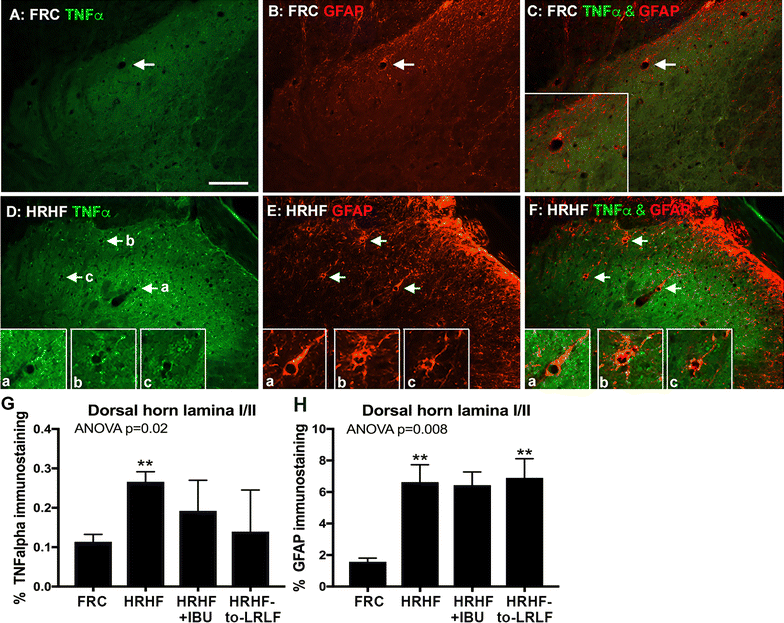
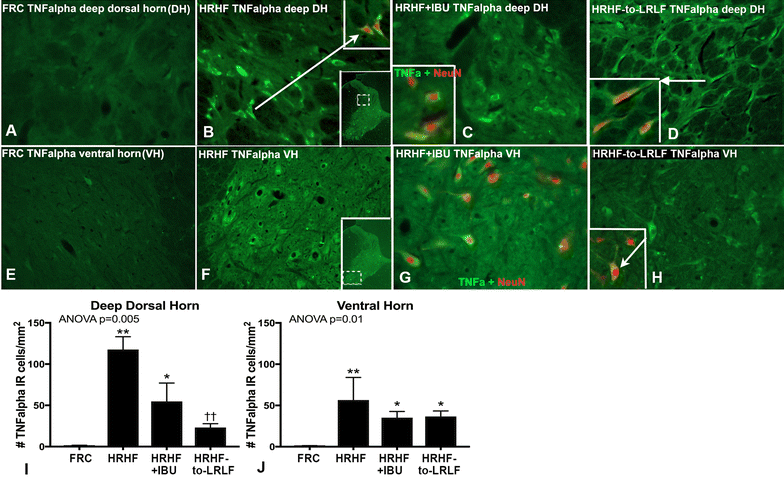
Similar articles
-
Forced treadmill running reduces systemic inflammation yet worsens upper limb discomfort in a rat model of work-related musculoskeletal disorders.BMC Musculoskelet Disord. 2020 Jan 30;21(1):57. doi: 10.1186/s12891-020-3085-z. BMC Musculoskelet Disord. 2020. PMID: 32000751 Free PMC article.
-
The interaction of force and repetition on musculoskeletal and neural tissue responses and sensorimotor behavior in a rat model of work-related musculoskeletal disorders.BMC Musculoskelet Disord. 2013 Oct 25;14:303. doi: 10.1186/1471-2474-14-303. BMC Musculoskelet Disord. 2013. PMID: 24156755 Free PMC article.
-
Role of TNF alpha and PLF in bone remodeling in a rat model of repetitive reaching and grasping.J Cell Physiol. 2010 Oct;225(1):152-67. doi: 10.1002/jcp.22208. J Cell Physiol. 2010. PMID: 20458732 Free PMC article.
-
Prolonged acute intermittent hypoxia improves forelimb reach-to-grasp function in a rat model of chronic cervical spinal cord injury.Exp Neurol. 2021 Jun;340:113672. doi: 10.1016/j.expneurol.2021.113672. Epub 2021 Feb 27. Exp Neurol. 2021. PMID: 33652030 Review.
-
Pathophysiological tissue changes associated with repetitive movement: a review of the evidence.Phys Ther. 2002 Feb;82(2):173-87. doi: 10.1093/ptj/82.2.173. Phys Ther. 2002. PMID: 11856068 Free PMC article. Review.
Cited by
-
Blocking CTGF/CCN2 reduces established skeletal muscle fibrosis in a rat model of overuse injury.FASEB J. 2020 May;34(5):6554-6569. doi: 10.1096/fj.202000240RR. Epub 2020 Mar 29. FASEB J. 2020. PMID: 32227398 Free PMC article.
-
Does the Interaction between Local and Systemic Inflammation Provide a Link from Psychology and Lifestyle to Tissue Health in Musculoskeletal Conditions?Int J Mol Sci. 2021 Jul 7;22(14):7299. doi: 10.3390/ijms22147299. Int J Mol Sci. 2021. PMID: 34298917 Free PMC article. Review.
-
Forced treadmill running reduces systemic inflammation yet worsens upper limb discomfort in a rat model of work-related musculoskeletal disorders.BMC Musculoskelet Disord. 2020 Jan 30;21(1):57. doi: 10.1186/s12891-020-3085-z. BMC Musculoskelet Disord. 2020. PMID: 32000751 Free PMC article.
-
Blocking CCN2 preferentially inhibits osteoclastogenesis induced by repetitive high force bone loading.Connect Tissue Res. 2021 Jan;62(1):115-132. doi: 10.1080/03008207.2020.1788546. Epub 2020 Jul 20. Connect Tissue Res. 2021. PMID: 32683988 Free PMC article.
-
Comparing effects of rest with or without a NK1RA on fibrosis and sensorimotor declines induced by a voluntary moderate demand task.J Musculoskelet Neuronal Interact. 2019 Dec 1;19(4):396-411. J Musculoskelet Neuronal Interact. 2019. PMID: 31789291 Free PMC article.
References
-
- Abdelmagid SM, Barr AE, Rico M, Amin M, Litvin J, Popoff SN, Safadi FF, Barbe MF. Performance of repetitive tasks induces decreased grip strength and increased fibrogenic proteins in skeletal muscle: role of force and inflammation. PLoS ONE. 2012;7(5):e38359. doi: 10.1371/journal.pone.0038359. - DOI - PMC - PubMed
-
- Barbe MF, Barr-Gillespsie AE. Ibuprofen as a treatment for work-related musculoskeletal disorders: effectiveness versus caveats. In: Korhan O, editor. Occupational health; 2017. doi:10.5772/66480. http://www.intechopen.com/books/occupational-health/ibuprofen-as-a-treat....
Publication types
MeSH terms
Substances
Grants and funding
LinkOut - more resources
Full Text Sources
Other Literature Sources
Medical

